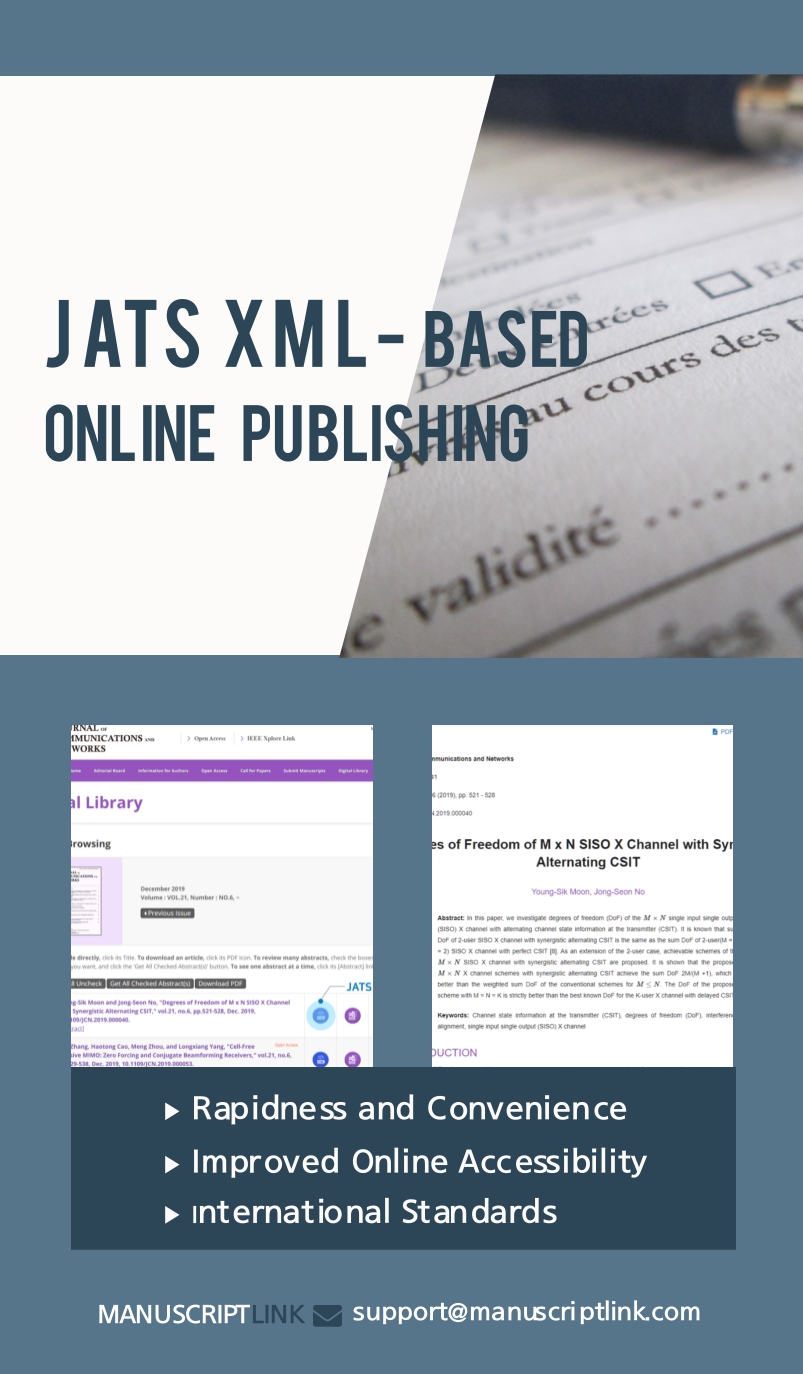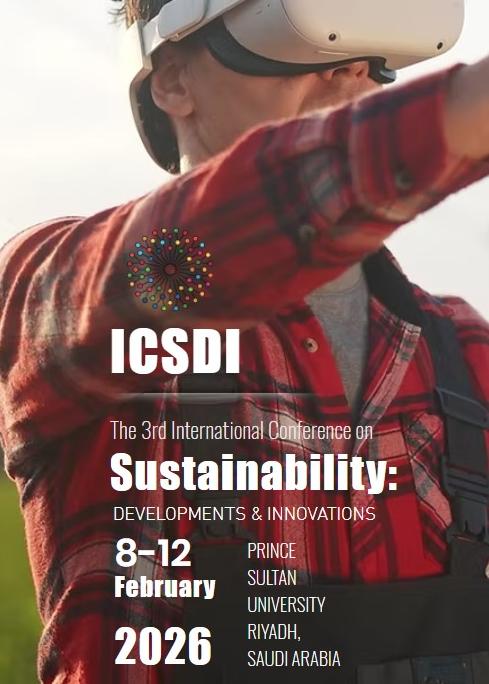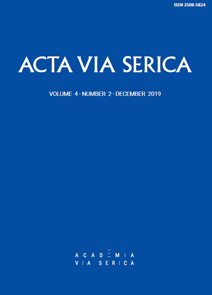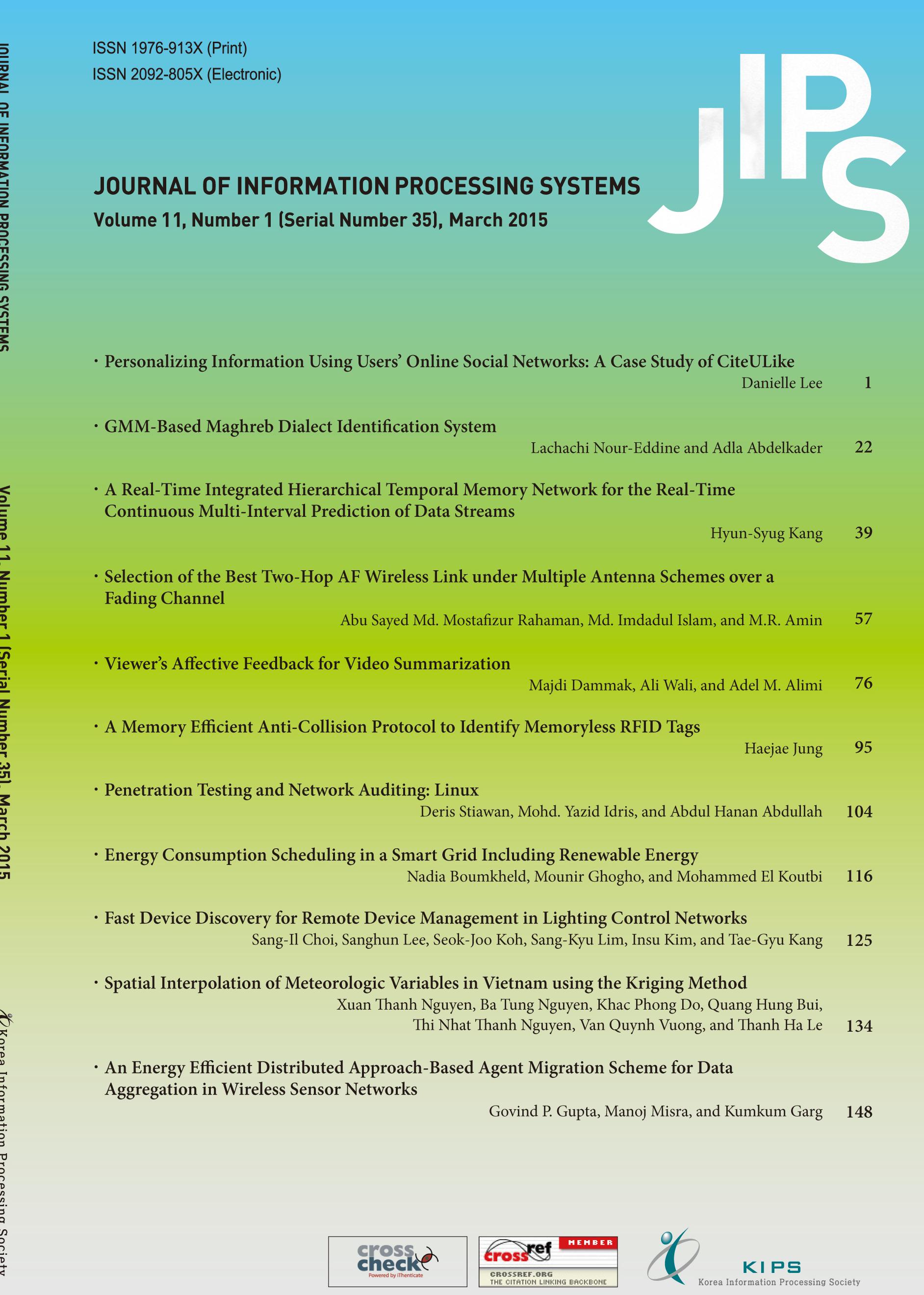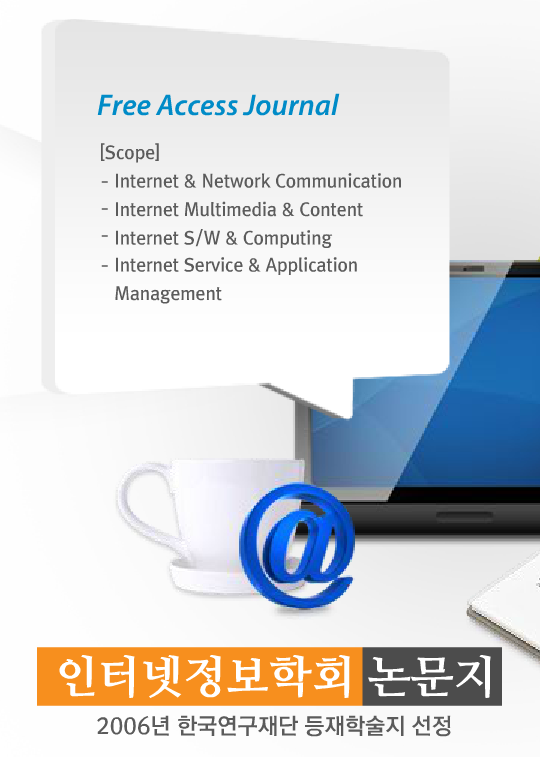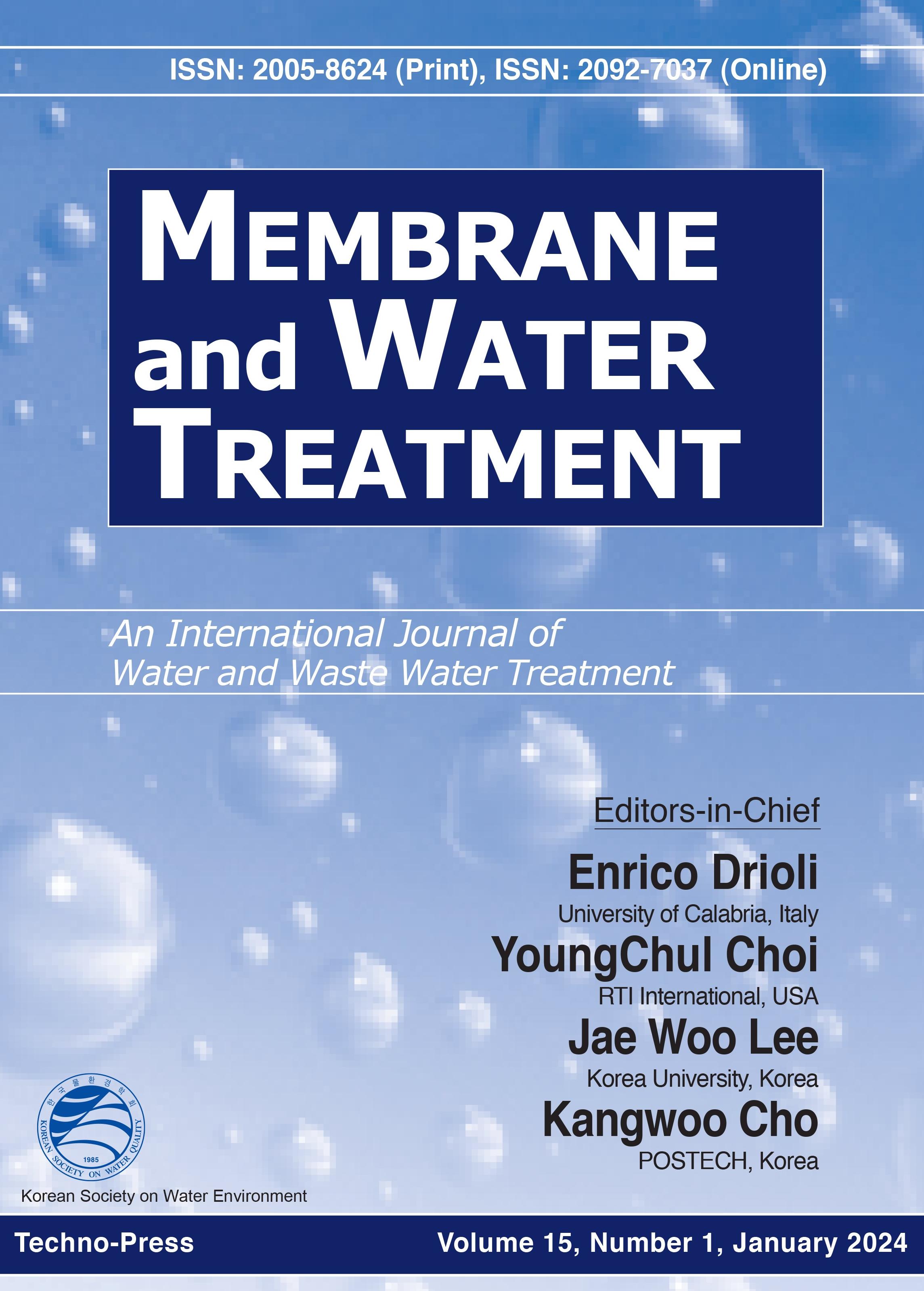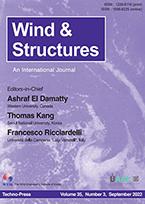Conference Paper vs Abstract
Conference Paper vs Abstract
- URL: https://www.blog.iscopepublication.com/conference-paper/
- Call For Paper Type: SI
- H2 Index: 0
Conference paper and an abstract are both forms of academic writing that summarize and present a research project. Differences in terms of purpose, length, content, and audience. Here are some of the main differences between a conference paper and an abstract:
Purpose: Conference paper is a full-length paper that is submitted and presented at a conference, workshop, symposium, or other academic event. The purpose of a conference paper is to share the research findings and innovations with other researchers and experts in the field, and to receive feedback and suggestions for improvement. An abstract is a short summary of the conference paper, usually no more than 300 words. The purpose of an abstract is to attract the attention and interest of the conference organizers and the audience, and to provide a brief overview of the main idea and contribution of the paper.
Length: Conference paper is usually longer than an abstract, ranging from 4 to 15 pages, depending on the conference requirements and the paper format. An abstract is usually shorter than a conference paper, ranging from 150 to 300 words, depending on the conference requirements and the abstract format.
Content: Conference paper is more detailed and comprehensive than an abstract, covering all the aspects of the research project, such as the background, the research question, the objectives, the methods, the results, the discussion, the conclusion, and the references. An abstract is more concise and selective than a conference paper, highlighting only the most important and relevant information, such as the research question, the objectives, the methods, the results, and the implications.
Audience: Conference paper is written for a specialized audience, who are familiar with the topic and the field of the paper, and who are interested in the details and the arguments of the paper. An abstract is written for a broader audience, who may not have prior knowledge or expertise on the topic and the field of the paper, and who are looking for a quick and clear overview of the paper.
Abstract:
The abstract serves as a concise summary of a research project, providing a brief overview of the study's purpose, methods, results, and conclusions. Typically ranging from 150 to 250 words, the abstract serves as a standalone representation of the research, enabling potential readers to quickly grasp the study's key contributions. It should encapsulate the essence of the research, outlining the problem addressed, the methodology employed, and the main findings. While abstracts are commonly submitted to conferences as standalone proposals, they are also integral components of published papers, aiding readers in assessing the paper's relevance and significance.
Conference Paper:
Conference paper, on the other hand, is a more comprehensive document that expounds upon the research presented in the abstract. It follows a structured format, including sections such as introduction, literature review, methodology, results, discussion, and conclusion. The introduction sets the stage by outlining the research problem, objectives, and context, while the literature review situates the study within existing scholarly discourse. The methodology section elucidates the research design, data collection, and analysis procedures. Results present the empirical findings, followed by a discussion that interprets these results in the context of existing knowledge. Finally, the conclusion summarizes the study's key findings and suggests avenues for future research.
Abstract provides a snapshot of the research, the conference paper delves into the details, offering a comprehensive exploration of the study. Conference papers are typically longer than abstracts, ranging from 6 to 12 pages or more, depending on the conference's guidelines. They undergo peer review, ensuring a rigorous evaluation of the research's quality and contribution to the field. Additionally, conference papers contribute to the scholarly record, serving as detailed references for researchers interested in delving deeper into the subject matter.
Abstract serves as a teaser for the research, enticing conference organizers and potential readers, the conference paper is the complete narrative, presenting a thorough account of the study's design, execution, and findings. Together, abstracts and conference papers play vital roles in disseminating scholarly knowledge and fostering academic discourse.

